See, I know that some Ren Faire and LARP circles talk smack on the SCA. There are rumors that you HAVE to be perfectly historically accurate to play with us. There are stories about how you have to spend months of research on clothing and hand sew everything.
Full stop with that nonsense.
Perhaps you would like to know that our only actual requirement for garb is that it is "an attempt at pre-17th Century clothing"?
What this means is that folks who come to an event are asked to help set the stage by being in a costume of some sorts, rather than jeans and a t-shirt.
That is literally it.
You need not research your outfit, you sure as hell do not need to hand sew anything. If you do sew, you can run to Joanns and buy a McCall's halloween pattern and make a medieval-ish dress and just show up.
If you don't sew, a tunic of some sort from Amazon will work, toss it on with sweat pants and a belt and you are ready to come check us out. Thrift stores can yield long skirts and tunic-length blouses that can also make for nice starter garb.
And if you know you want to go to an event, you can reach out to the local group and see if they have loaner gear to help get you there.
And yes, before anyone starts (and NO this is not the place for it), there is always that one twatwaffle at the event that thinks everyone has to live up to some standard that THEY invented, but the fact is, the organization itself only requires an attempt. Nothing more. And the VAST majority of folks here would rather you just show up and check us out. (And as for that twatwaffle? If one reports them for bullying, it can actually help curb the bit of that behavior that does exist.)
It might also interest you to know that we have long time, high-ranking members who don't actually care at all about clothing. These folks might be more interested in cooking a feast, in fighting, in teaching black smithing or calligraphy. We have so very much to offer!
Me personally? I love the costume aspect. It makes me happy. I love the research and working how how things were done in the past. But sometimes I also roll out of camp in a mis-matched collection of things (men's medieval tunic, viking belt, woman's cap, modern-though-sca-related necklace and also I topped it off with birkenstocks because my feet need them).
If you are curious about what we do, we are here and ready to welcome new visitors, and no, the Society doesn't care what you are wearing when you show up at our doors.
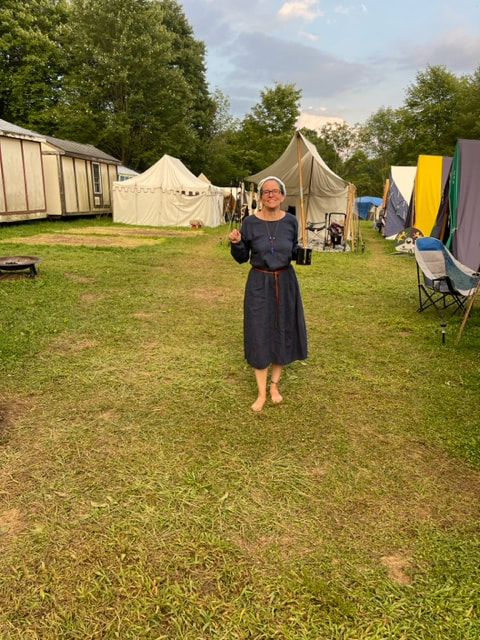
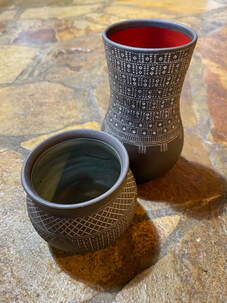
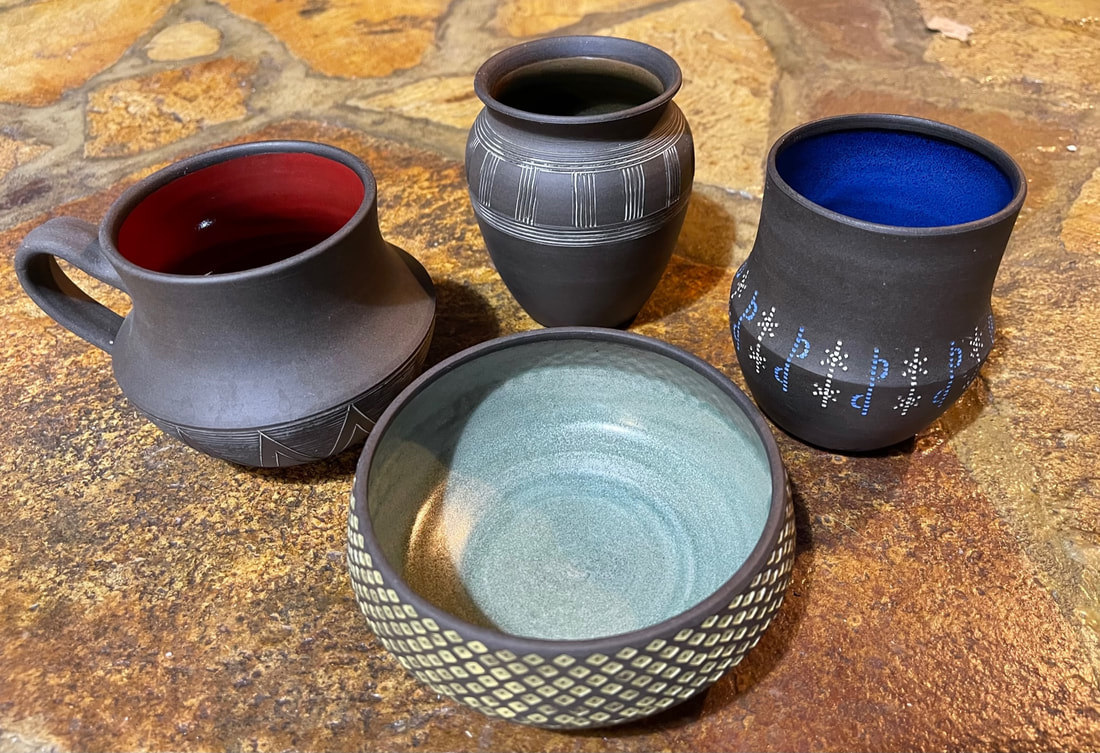
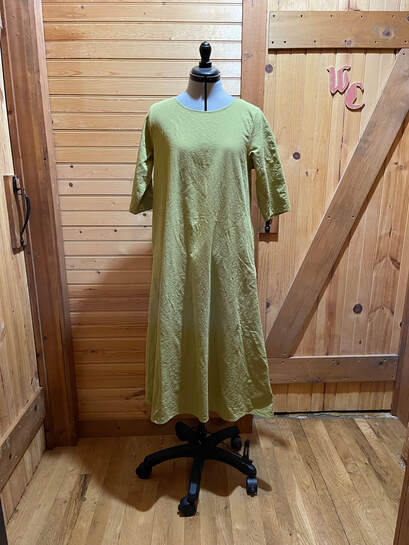
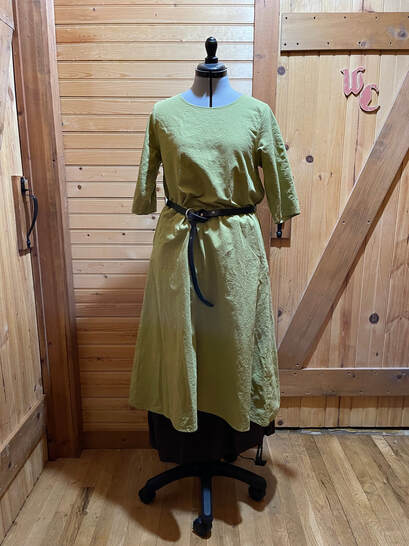
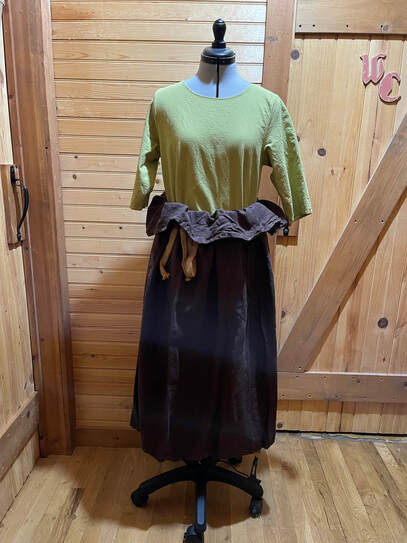
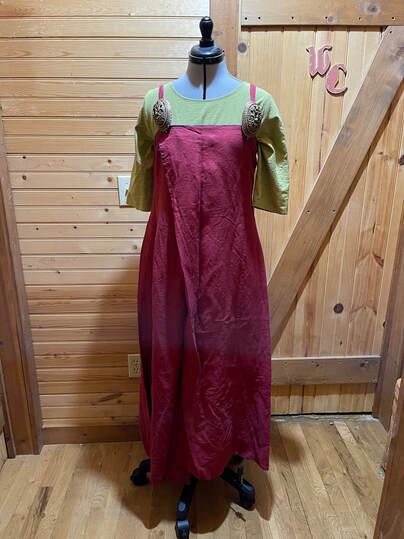
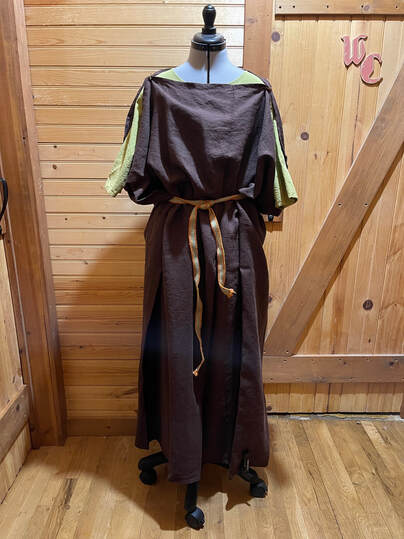
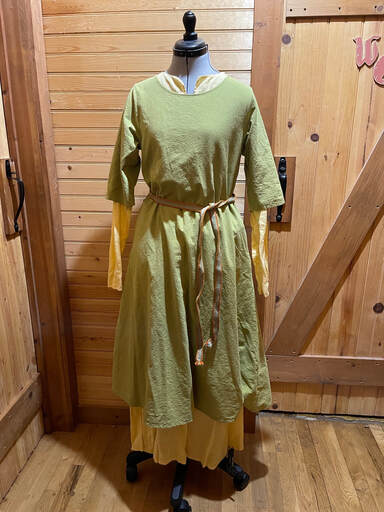
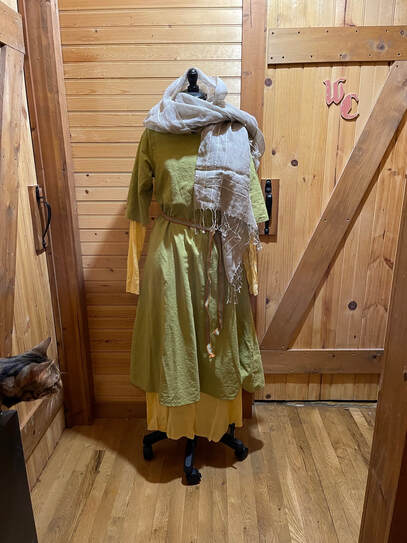
 RSS Feed
RSS Feed